With just two wards of Tokyo left to write about, today is the day I will complete my tour of this great city. I start my day in Nerima, the birthplace of animation. Located in western Tokyo, Nerima is known for its residential atmosphere. Outside of its connection to animation, there isn’t much else to see here.
As I make my way through the streets, the presence of the anime and manga industry is strong. The ward is home to many studios and other companies involved in the production of these popular forms of entertainment. My first stop is the Oizumi Anime Gate, where I am greeted by a number of bronze statues of beloved anime characters.
As someone who is not a fan of Japanese anime, I only recognise one of the statues, probably because there once was a statue of the same character outside my old house in Taito Ward, that of Yabuki Joe, the main protagonist of the anime “Ashita no Joe.” This character is one of five depicted in statue form at this location, revered for their role in bringing Japanese anime to the world stage.
As I continue my wanderings through Nerima, I pass by a sign that reads “No more war! Stop Putin!” Eventually, I come across a map and see a sign pointing to a Cabbage Monument. Intrigued, and with little else planned for Nerima, I decide to go and check it out.
Hidden alongside the tranquil waters of the Shakujii River stands a monument of concrete adorned with an aluminium alloy sculpture of a cabbage. Erected in 1998 by the hardworking farmers of Nerima as a tribute to their resilient cabbage crops. An inscription on the monolith tells the inspiring tale of how these farmers triumphantly overcame pests and other obstacles as they transitioned from cultivating radishes to cultivating cabbage. Twice a year, these cabbages, known for their sweet and crunchy goodness, are harvested and proudly grown in Nerima to this day.
As I head towards the train station, I am struck by the delicate beauty of Shakujii Pond. This massive body of water is so still, it almost resembles a swamp. The surface of the water is completely calm and placid, not a ripple to be seen. It’s a strange, ghostly scene, made all the more surreal by the row of pagodas shaped like swans that line the pond.
With my tour of Nerima complete, it’s time to visit the final ward of Tokyo: Suginami. As I’m riding the train, my friend Marc messages me and asks what I’m doing that evening. I tell him I’m planning to visit Koenji, and he excitedly tells me that it’s his favourite place in Tokyo. He agrees to join me, and we meet halfway and get chatting on the train, accidentally missing our stop. So instead, we get off at Kichijoji, a neighbourhood that is consistently voted as the most desirable place to live in Tokyo.
As we stand at Kichijoji Station, we decide that it would be a shame not to take a quick look around the area. Marc tells me that everyone in Kichijoji exudes the scent of capitalism. We wander from the station towards Harmonica Alley, a shopping district named after its harmonica-shaped pedestrian walkway.
This crisscross of alleyways is home to a number of small independent restaurants and bars, and as we wind our way through the cramped streets, I really enjoy the experience. Although not all of the shops are open, I get a good sense of the area – the small stalls selling food, the bright red lanterns, and the narrow streets all contribute to a Blade Runner-esque vibe. We explore the labyrinth of old-fashioned stores and soak up the atmosphere.
After immersing ourselves in the sounds and music of Harmonica Alley, we head back to the station and finally make our way to Koenji, a district known for its vibrant, youthful atmosphere.
Marc takes me on a tour of the area, passing through the main shopping arcade. Despite it being early evening, I’m surprised to find many of the vintage clothing shops to be open. We pass by retro sweet shops, retro toy shops, and shops selling life posters from the 1950s. On the other side of the station, the nightlife scene in Koenji is lively, with many clubs and live music venues that attract young people from all over the city.
We don’t do much else of note here though, aside from trying out a few bars. As the night wears on, we move on from the trendy bars to an izakaya-style Japanese pub. We stay a while chatting, drinking Suntory whisky highballs while snacking on raw octopus, skewered meat, deep-fried tofu, and crisp, sweet cabbage from Nerima. The warm atmosphere and lively conversation make time seem to fly, and before we know it, the last train home looms near. With a sense of reluctance, we make our way back to the station, passing by out-of-season Christmas trees on the way.
As the train carries me home, a friend asks me what I’m doing on Wednesday and if I’d like to join her on a 42 kilometre walk around Tokyo. Fresh from my goal of completing the city, I am tempted by the idea of revisiting Tokyo’s streets in a different way. I agree to join her, ready to explore the city once more, entirely on foot.
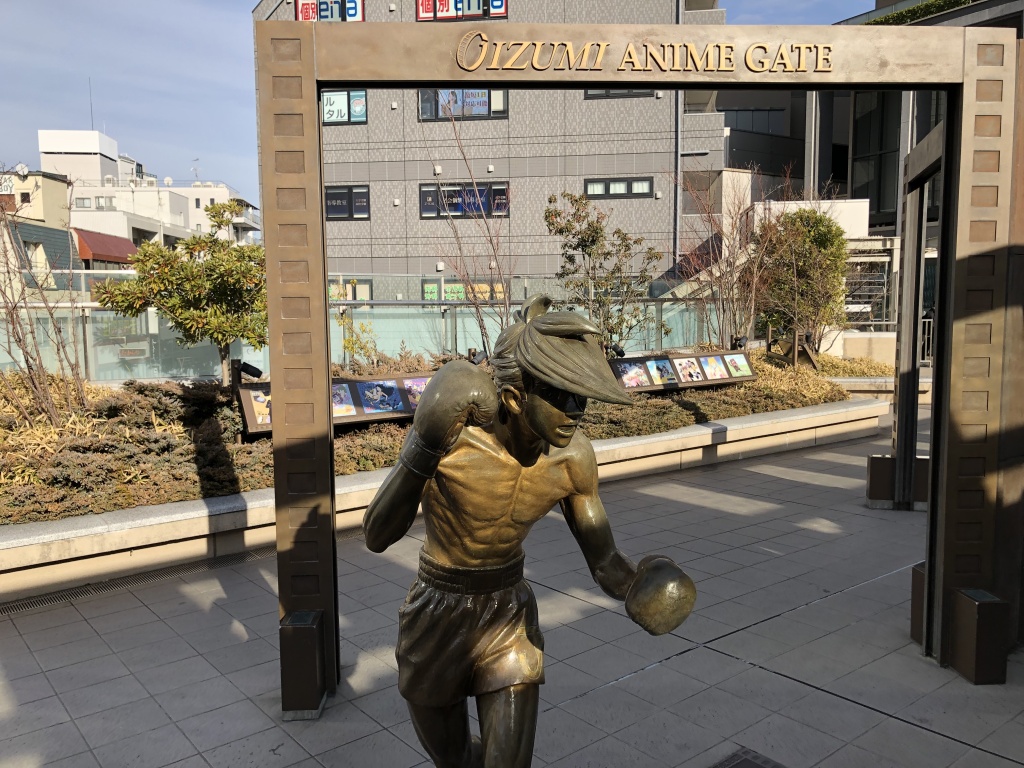
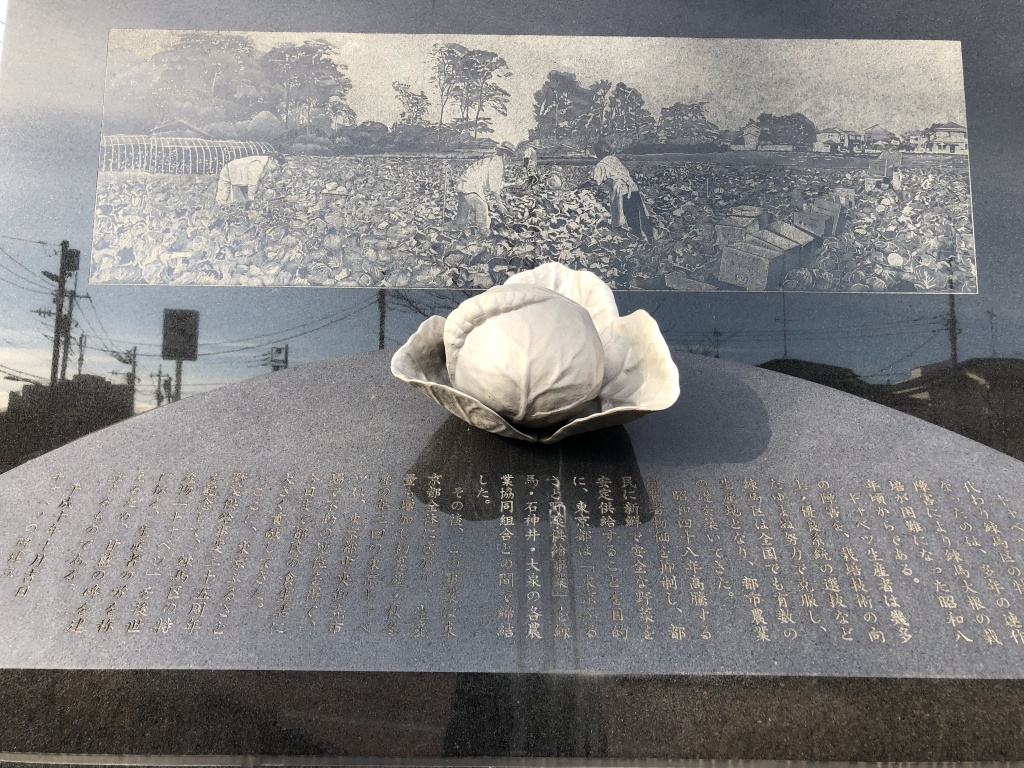
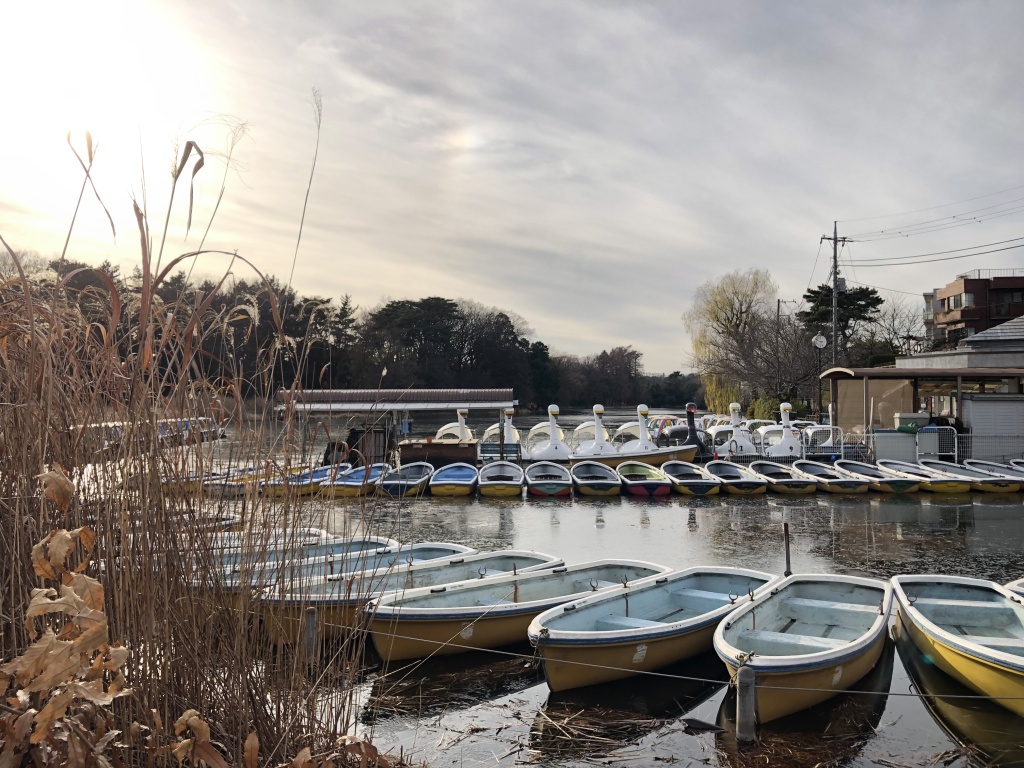

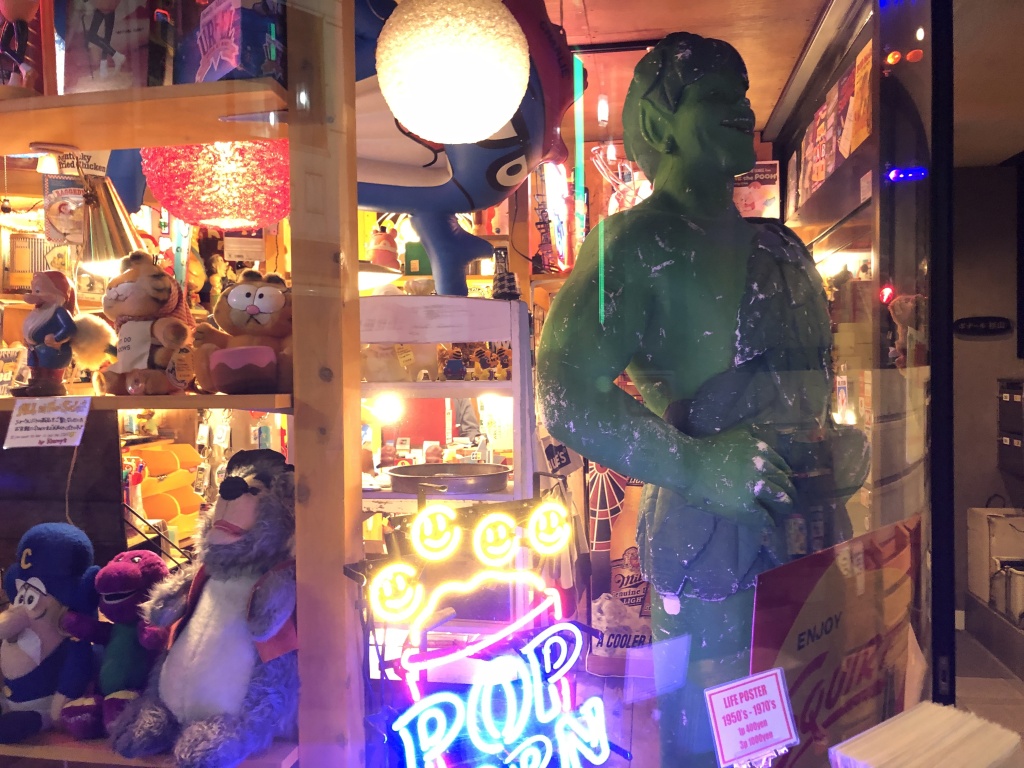
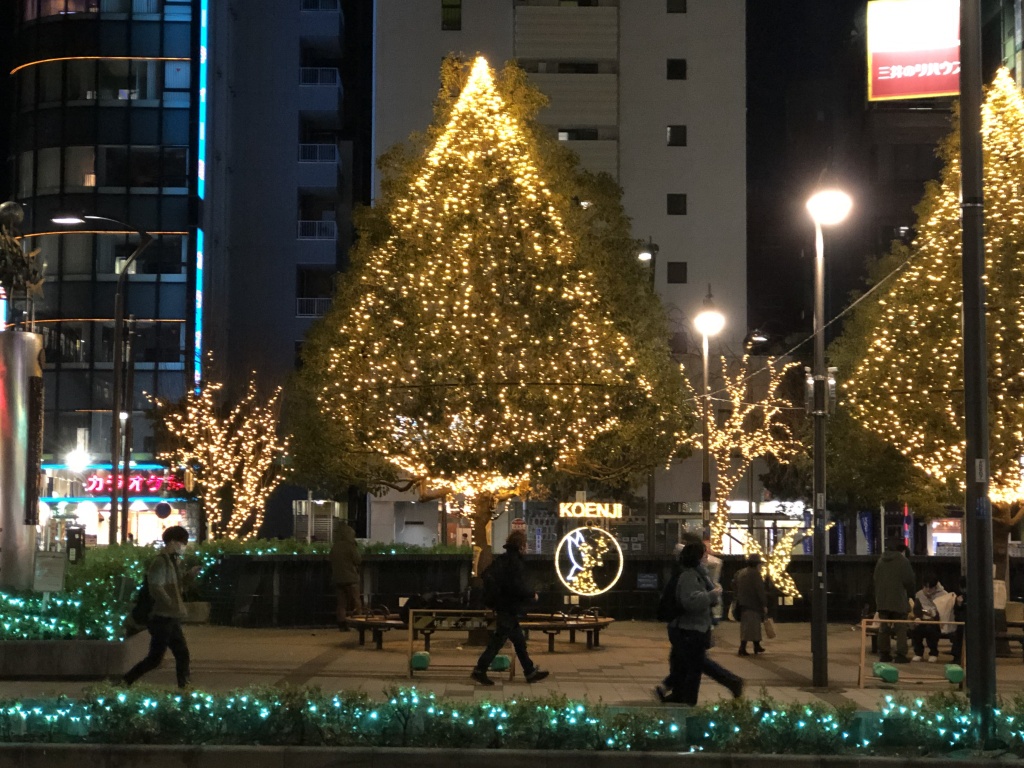
![animejapan1[1]](https://japanising.com/wp-content/uploads/2015/12/animejapan11.jpg?w=630)
![animejapan6[1]](https://japanising.com/wp-content/uploads/2015/12/animejapan61.jpg?w=630)
![animejapan7[1]](https://japanising.com/wp-content/uploads/2015/12/animejapan71.jpg?w=630)
![animejapan4[1]](https://japanising.com/wp-content/uploads/2015/12/animejapan41.jpg?w=630)
![animejapan3[1]](https://japanising.com/wp-content/uploads/2015/12/animejapan31.jpg?w=630)
![animejapan5[1]](https://japanising.com/wp-content/uploads/2015/12/animejapan51.jpg?w=630)
![bloodfish[1]](https://japanising.com/wp-content/uploads/2015/12/bloodfish1.jpg?w=630)
![comiket1[1]](https://japanising.com/wp-content/uploads/2015/12/comiket11.jpg?w=630)
![comiket2[1]](https://japanising.com/wp-content/uploads/2015/12/comiket21.jpg?w=630)
![catflap[1]](https://japanising.com/wp-content/uploads/2015/12/catflap1.jpg?w=630)
![wineglass[1]](https://japanising.com/wp-content/uploads/2015/12/wineglass1.jpg?w=630)
![tokyogameshow[1]](https://japanising.com/wp-content/uploads/2014/11/tokyogameshow1.jpg?w=630)
![capcom[1]](https://japanising.com/wp-content/uploads/2014/11/capcom1.jpg?w=630)
![bandai[1]](https://japanising.com/wp-content/uploads/2014/11/bandai1.jpg?w=630)
![costumes[1]](https://japanising.com/wp-content/uploads/2014/11/costumes1.jpg?w=630)
![headphones[1]](https://japanising.com/wp-content/uploads/2014/11/headphones1.jpg?w=630)
![indiegames[1]](https://japanising.com/wp-content/uploads/2014/11/indiegames1.jpg?w=630)
![metalgear[1]](https://japanising.com/wp-content/uploads/2014/11/metalgear1.jpg?w=630)
![worldofwarships[1]](https://japanising.com/wp-content/uploads/2014/11/worldofwarships1.jpg?w=630)
You must be logged in to post a comment.